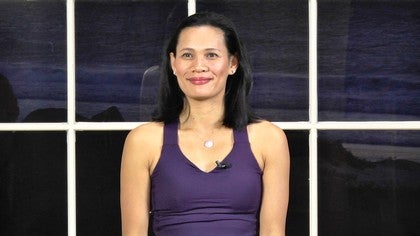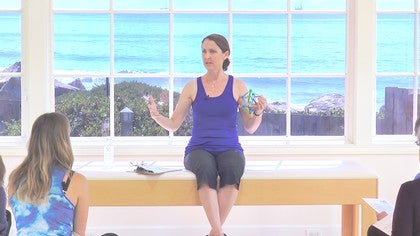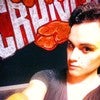Premium workshop
You can view a 2 minute preview. For details, scroll down below the video.
Description
Objectives
- Discover what is meant by the term "Powerhouse"
- Learn how to use the stability of the pelvis to connect deeper to the abdominals
- Discover which muscles need to be turned on to make the whole body work efficiently
About This Video
Workshops: Teaching Methodology
Comments
You need to be a subscriber to post a comment.
Please Log In or Create an Account to start your free trial.












